Soak in a pool of old Kyoto style: SARASA West Front Cafe
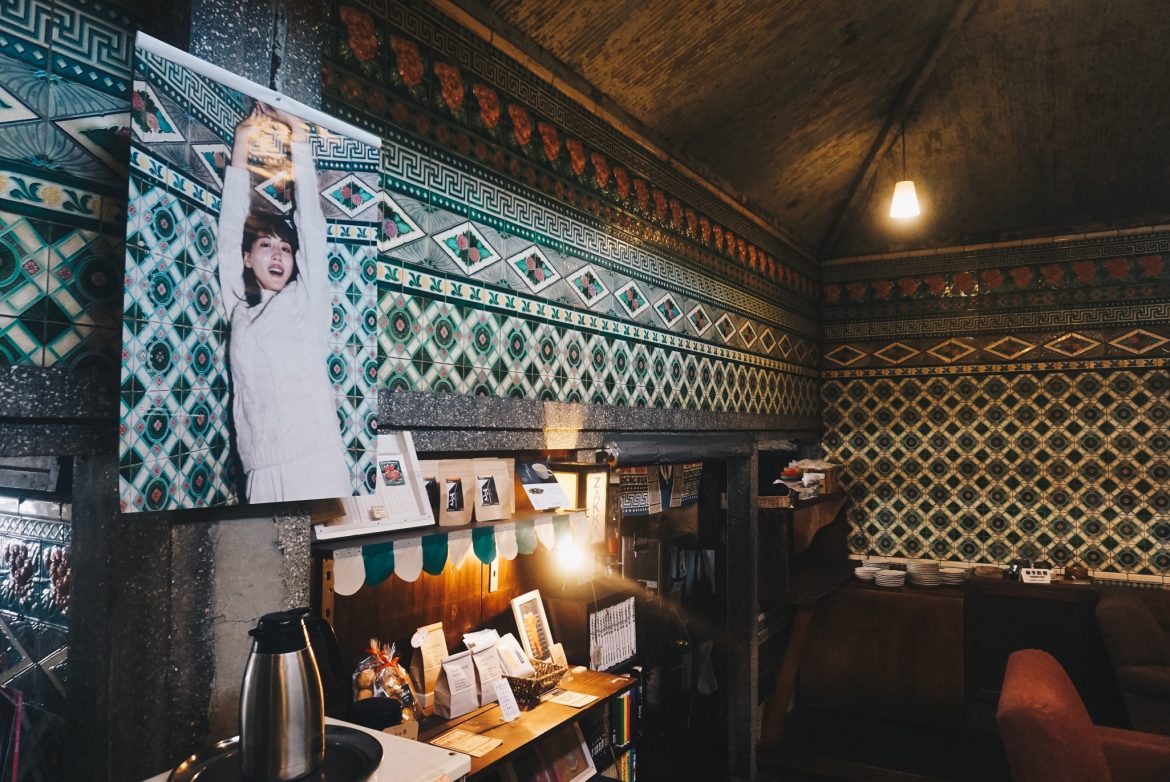
For professional baristas, please follow the coffee workshop (Wechat official account cafe_style)
On a sunny afternoon stroll in Kyoto's western front, it's easy to forget that you're in a city favored by tourists-there are so few pedestrians on the streets that time flows slowly, like a pool of honey spreading slowly in the sun. The Western Front is located in the northwest district of the capital. If you go further west, you will reach the popular scenic spots such as Tian Man Palace and Jinge Temple, but there is less crowds and more leisurely sense of life. It used to be the center of the textile industry in Kyoto and the birthplace of the high-end fabric "West Front Weaving." now, although the textile industry is no longer the focus of life of the residents, most of the quaint town houses are still preserved.
The SARASA West Front, which is converted from the bathhouse, is also one of the old houses standing quietly here. The predecessor of the Fujimori Tang bathhouse, which has a history of more than 80 years, closed in 1998 and was transformed into a coffee shop in 2000. The magnificent Tang Chuangfeng at the door can vaguely imagine the splendor of the past.
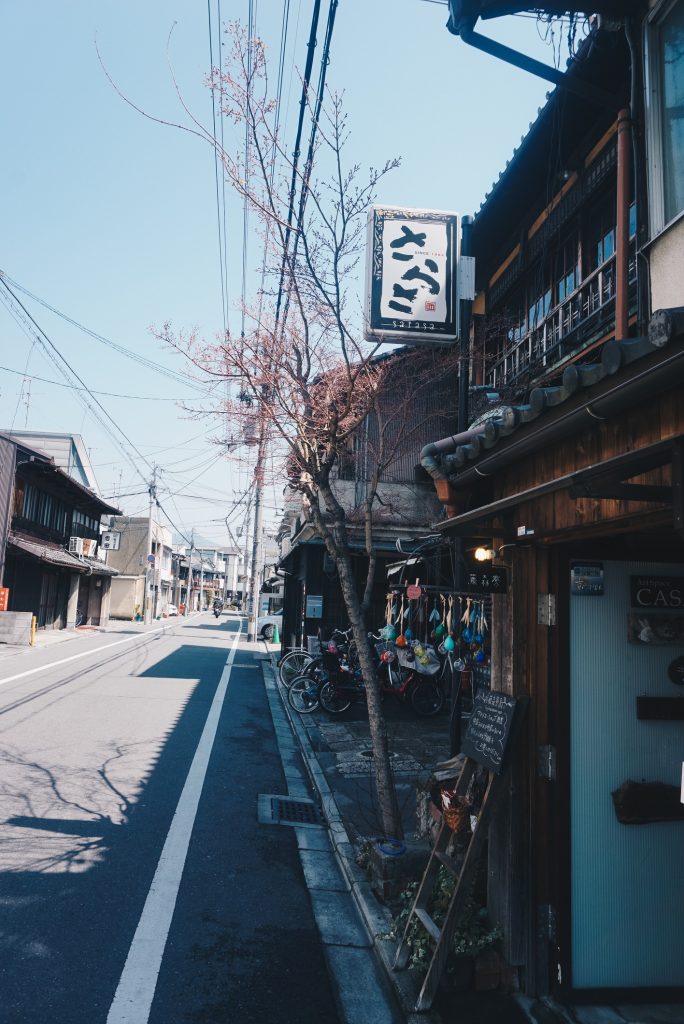
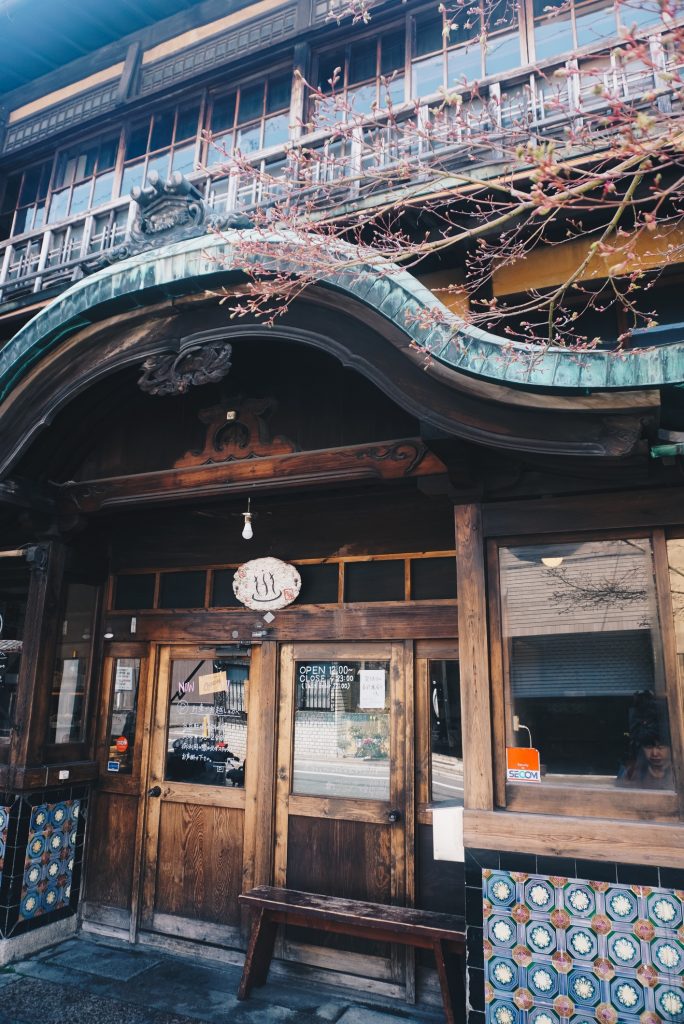
Tang Chuofeng is a common facade of a Japanese bathhouse. Having seen MiyazakiHayao's famous work "the Hidden Girl", he must be no stranger to such a building facade. It is generally believed that the prototype of "Breaking Wind" is the ancient Chinese "wind board", that is, the plank attached to the side of the roof, which is often the place to show the beauty of architectural craftsmanship. The breakwind in Japan occurred around the Heian and Kamakura era (AD 794-1333). In addition to Tang Breaking Wind, there is also a trapezoidal design under the triangular roof), wife Breaking Wind (the simplest design, only wooden planks), Thousand Birds Breaking Wind (the triangular area where the wife is cut downwind is also added to the design), and so on. Nowadays, different styles of wind breakers can be seen in many famous cities and temples. On the other hand, the Tang Chuofeng at the gate of the western front is curved in the center, as if wearing a small hat, which is one of the most Japanese.
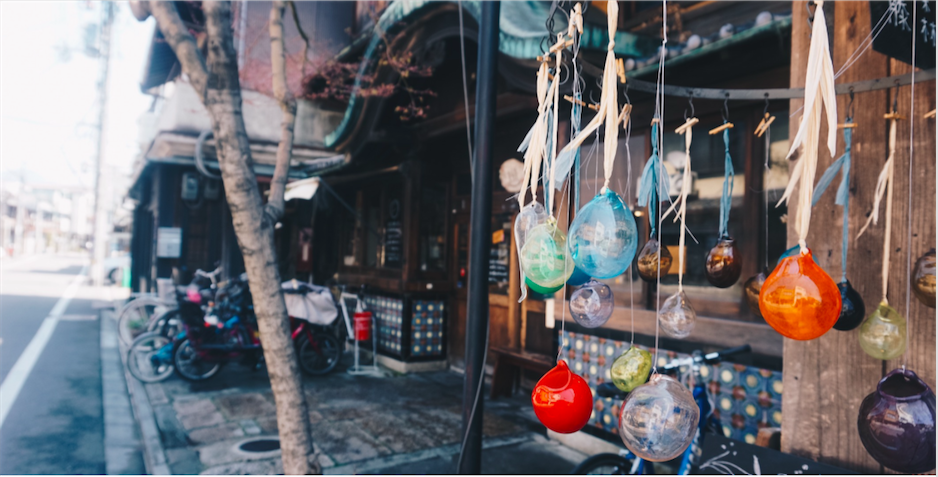
After pushing the door, it is more spacious than the imagined coffee shop space, the congenital condition is good to pick up the height so that the interior is wider, and a large amount of natural light brings the right brightness to the interior. A few steps up the steps from the door is the former bath area. The original Mayorica tiles of the bathhouse are completely preserved on all three walls, and the design of the patio allows large tracts of sunlight to pour down naturally, creating a unique atmosphere that is difficult for other coffee shops to imitate.
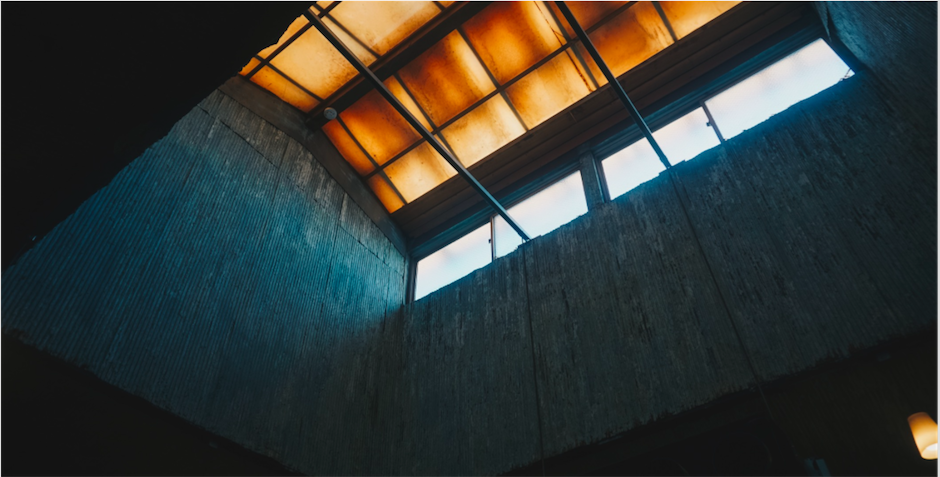
How did the Mayorica tile, which looks like European style, come to the Japanese bathhouse? Therefore, it is the first to start with the Islamic mosaic tile, which affected Spanish architecture, but it was more laborious to spell out a complete image with a large number of mosaic bricks, and then directly turned the complete pattern into a single tile. The name "Mayorica" may come from the Mediterranean islands that transported Spanish pottery to Italy in the 15th century, or from the pottery producing areas of southern Spain. Mayorica tiles, which originated from Islamic culture, later spread from Spain to the Netherlands and France, while the "Teft tiles" that spread to the Netherlands were imitated by the British around the middle of the 17th century and became the later "Victorian tiles". It is also the object of imitation of Japanese tiles. Around the 40th year of Meiji (AD 1907), Japan finally succeeded in replicating the technology of Mayorica tiles and began to use them in a large number of buildings, and even many buildings in Taiwan at that time used such tiles. *
Today, the converted SARASA coffee shop has traces of the predecessor of the bathhouse in the space.
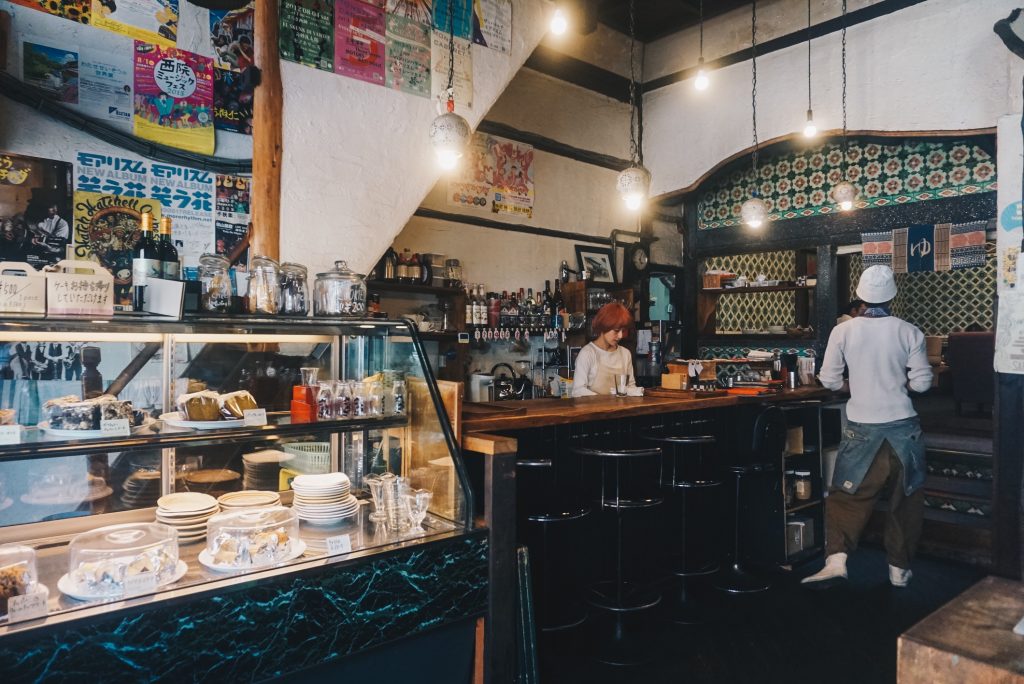
In the 40th year of Meiji (1907), Japan successfully copied the technology of magnetomagnetism, and began to use it in large quantities.
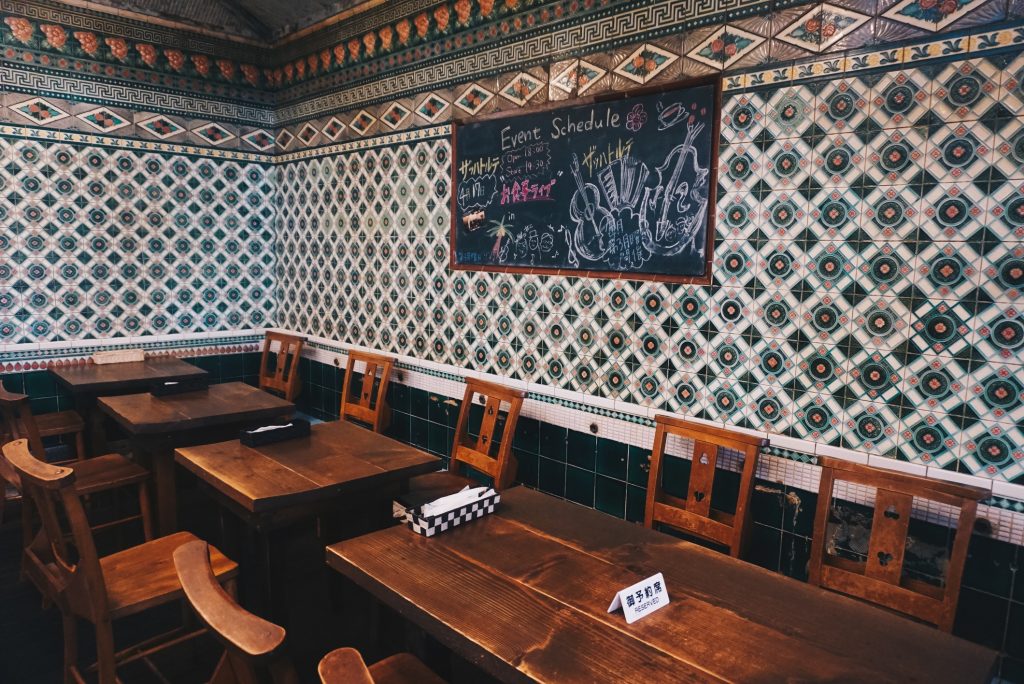
In addition to the Mayolica tiles, the low wall in the middle is the cubicle that used to separate the soup between men and women, which is still preserved after some of it has been knocked out; on the surrounding brick wall, you can also see the water holes of the past, and the traces of the bathhouse are fresh in my mind.
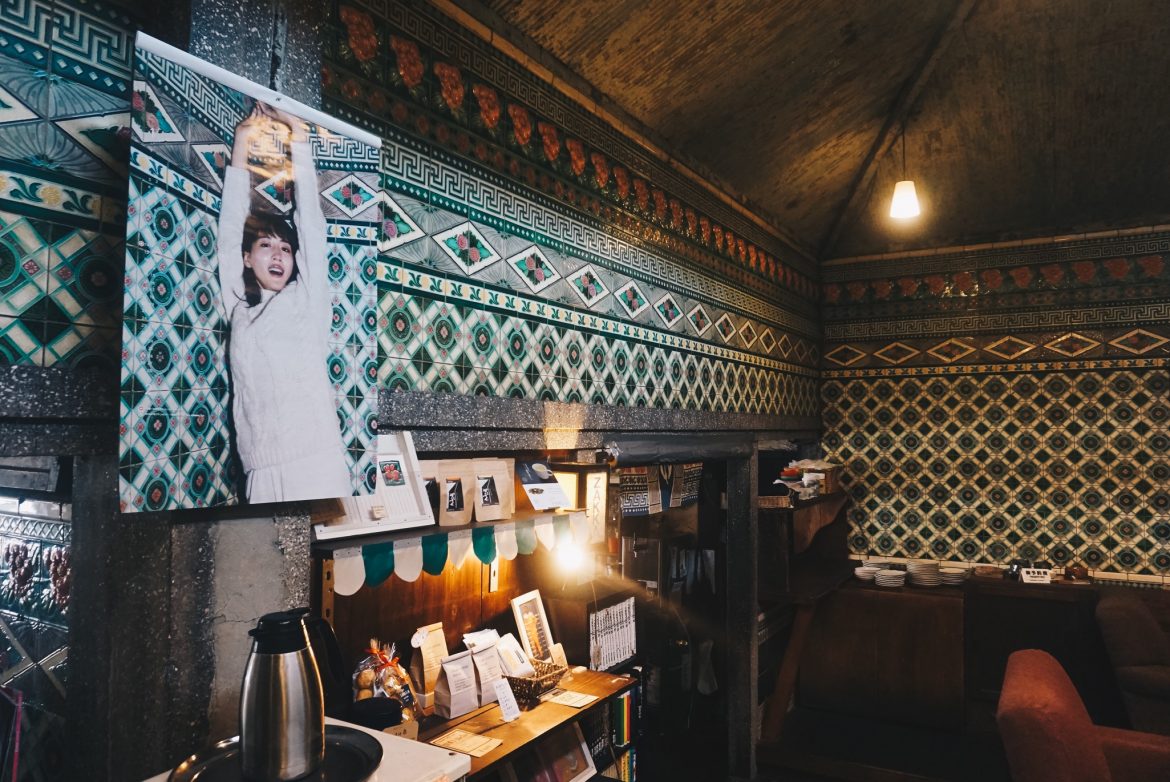
The white low wall in the middle is the cubicle that used to separate the soup between men and women, and it remains after some of it has been knocked out.
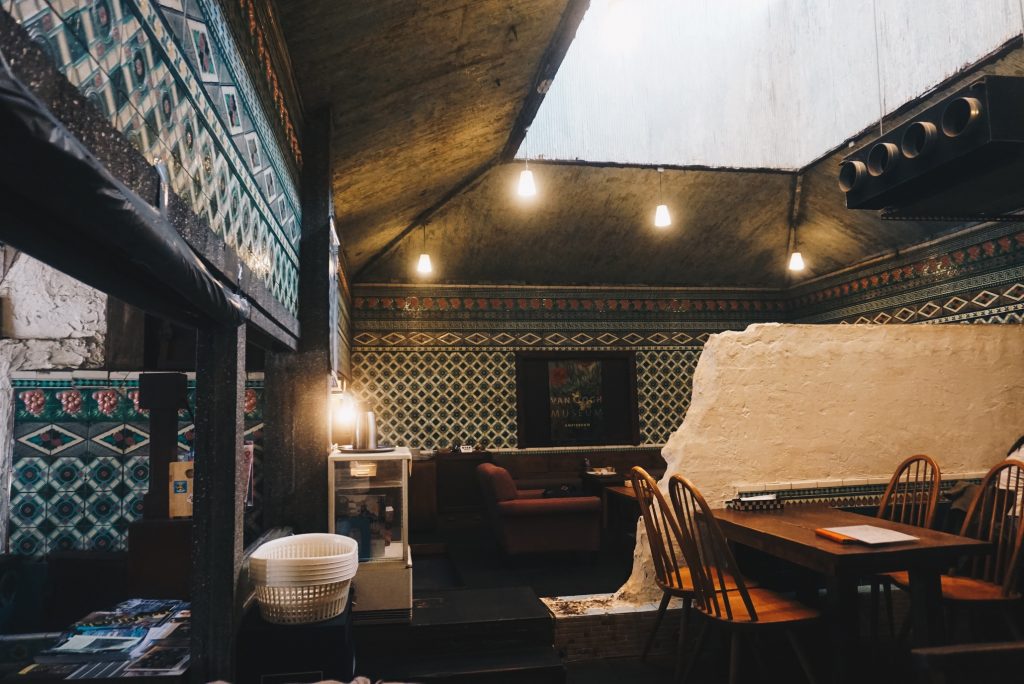
The outlet from the front bathhouse can still be seen on the brick wall.
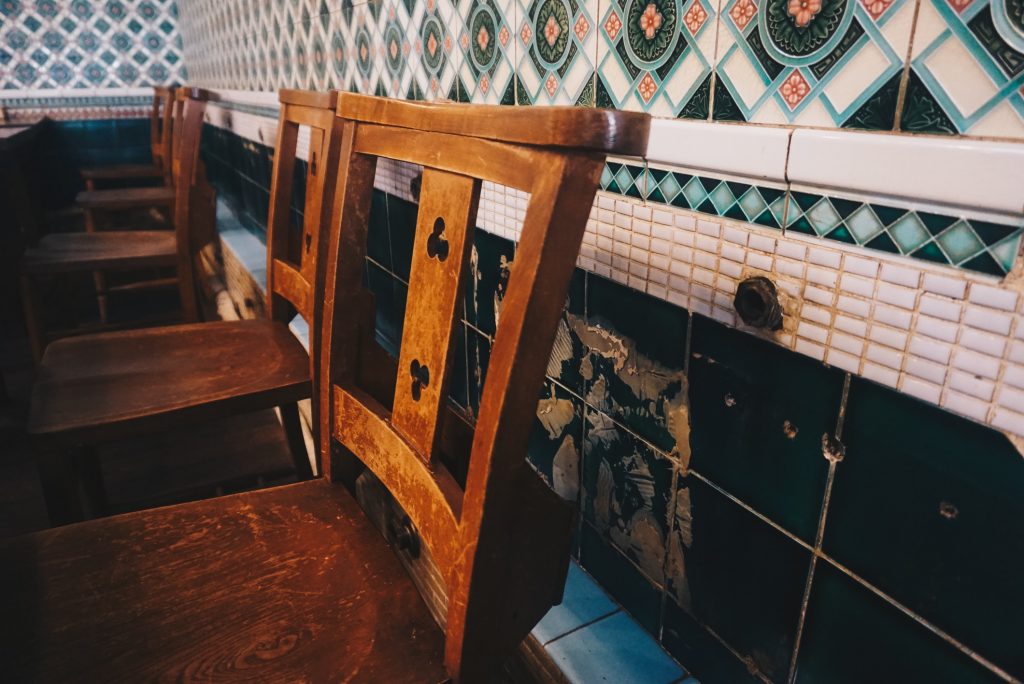
The unique amorous feelings of the bathhouse make the western front of Yuanyang become a popular coffee shop.
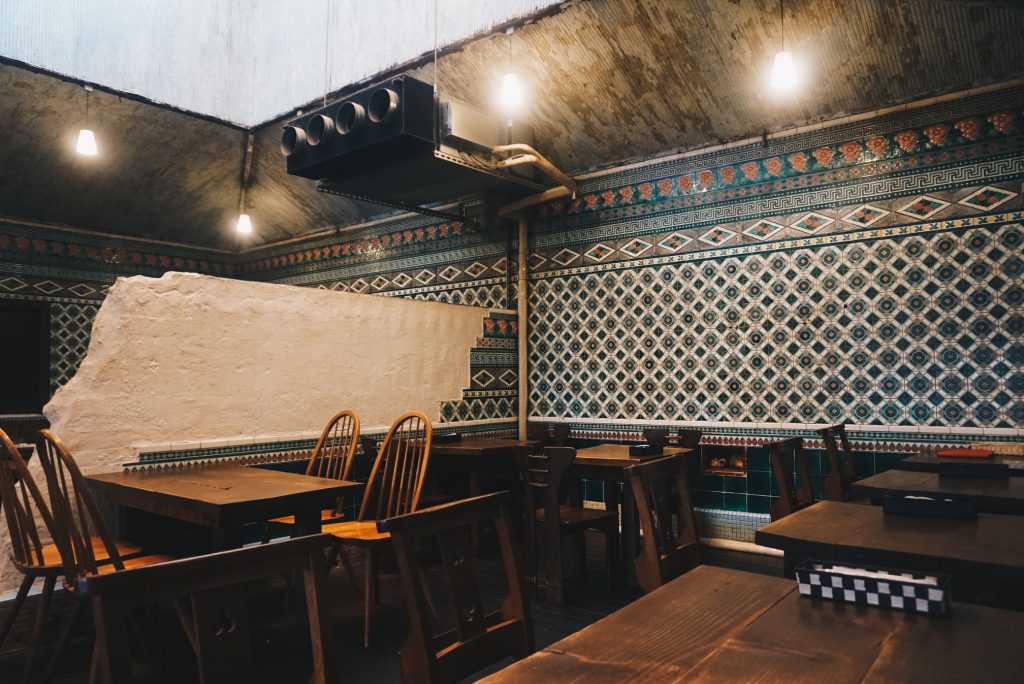
The unique amorous feelings of the bathhouse have made the western front of PUBG a popular coffee shop. Not long ago, the movie "tomorrow, I want to go out with you yesterday", starring Komatsu Kenai, was also filmed here. If you come to Kyoto, you might as well spend some time here, look at the traces of the construction of the city of Kyoto in the old building, and enjoy the slow time of the Western Front.
The Western Front (SARASA)
six hundred and three
Important Notice :
前街咖啡 FrontStreet Coffee has moved to new addredd:
FrontStreet Coffee Address: 315,Donghua East Road,GuangZhou
Tel:020 38364473
- Prev
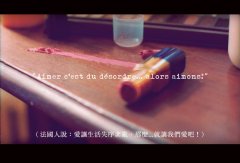
Comments | left Bank Cafe is no longer left Bank.
Professional barista communication please pay attention to the coffee workshop (Wechat official account cafe_style) bottled coffee price is lower, consumers' purchase thinking is not complex, as long as the product power is not poor, can arouse consumer interest, so that consumers have a reason to buy, is the focus of marketing, but also because the purchase of bottled coffee is not deep, whether to be more consum
- Next
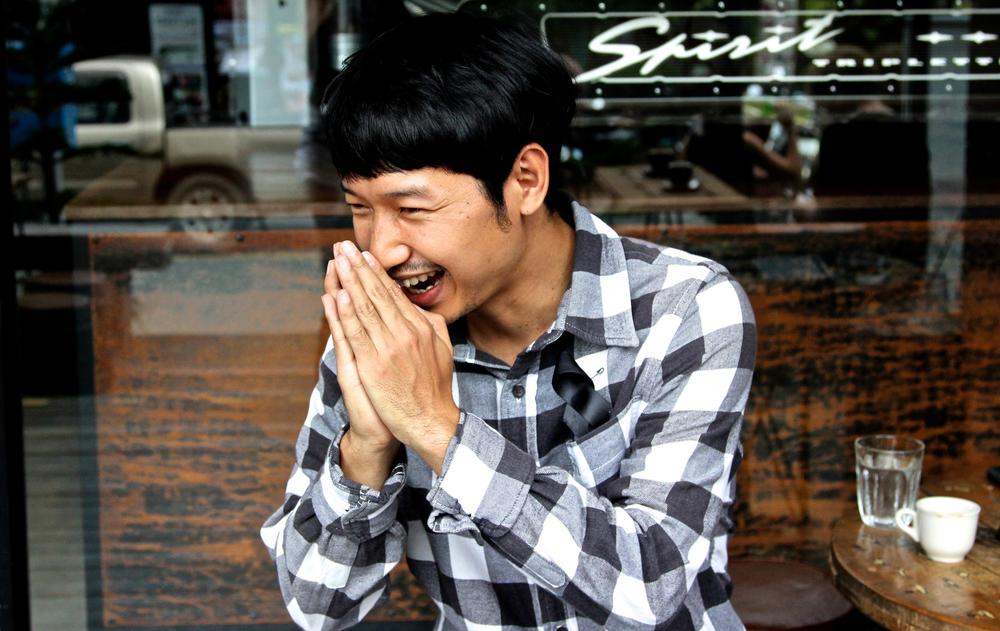
Coffee Man Story | A 23-year-old with no money and no power, bringing local coffee beans to the world
Professional barista communication please follow the coffee workshop (Wechat official account cafe_style) wants to change the world, what can a 23-year-old boy do? Six years ago, this was the question that a lot of people asked Ayu Lee Chuepa. Now he has grown up a few years old, and his appearance is still flying. This time Munchies came to Akha Ama Fattoria, his second coffee shop in Chiang Mai, Thailand, to chat.
Related
- What documents do you need to go through to open a coffee shop? coffee shop coffee shop certificate processing process
- How to purchase Coffee beans in small Cafe how to choose a suitable supplier for domestic Coffee supply Company
- How to drink Starbucks Fragrance White Coffee? how to make Australian White Coffee? what Italian coffee beans are recommended?
- The Story of Flora Coffee: the name of Flora Coffee Bean and the implication of the Flowers on Florna Coffee
- How much does a cup of coffee cost? How much is the profit of a cup of coffee? What is the profit of the coffee shop in a year?
- Yunnan small Coffee, known as "fragrant Coffee", introduces the characteristics of Alpine Arabica Coffee producing areas in Yunnan, China
- 2023 latest Starbucks full menu price list how much is a cup of Starbucks coffee what is better to drink the most popular hot and cold drinks recommended
- Starbucks different kinds of Coffee Price list Starbucks menu 2023 Top Ten Best drinks in Starbucks
- Starbucks Spring praise Comprehensive matching Coffee Bean theme Story Packaging implication and taste description
- The cost of a cup of coffee latte American coffee cost price and selling price

